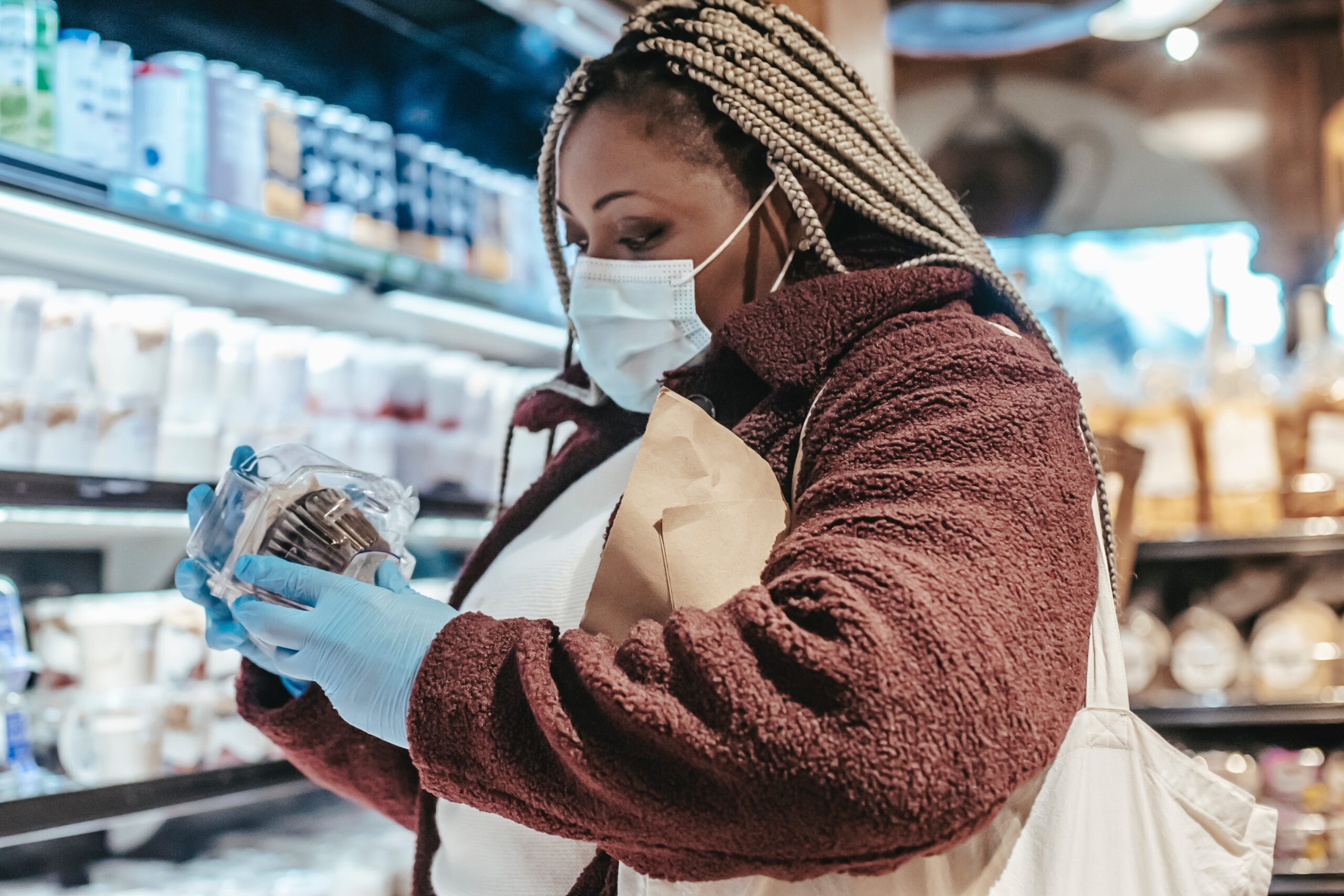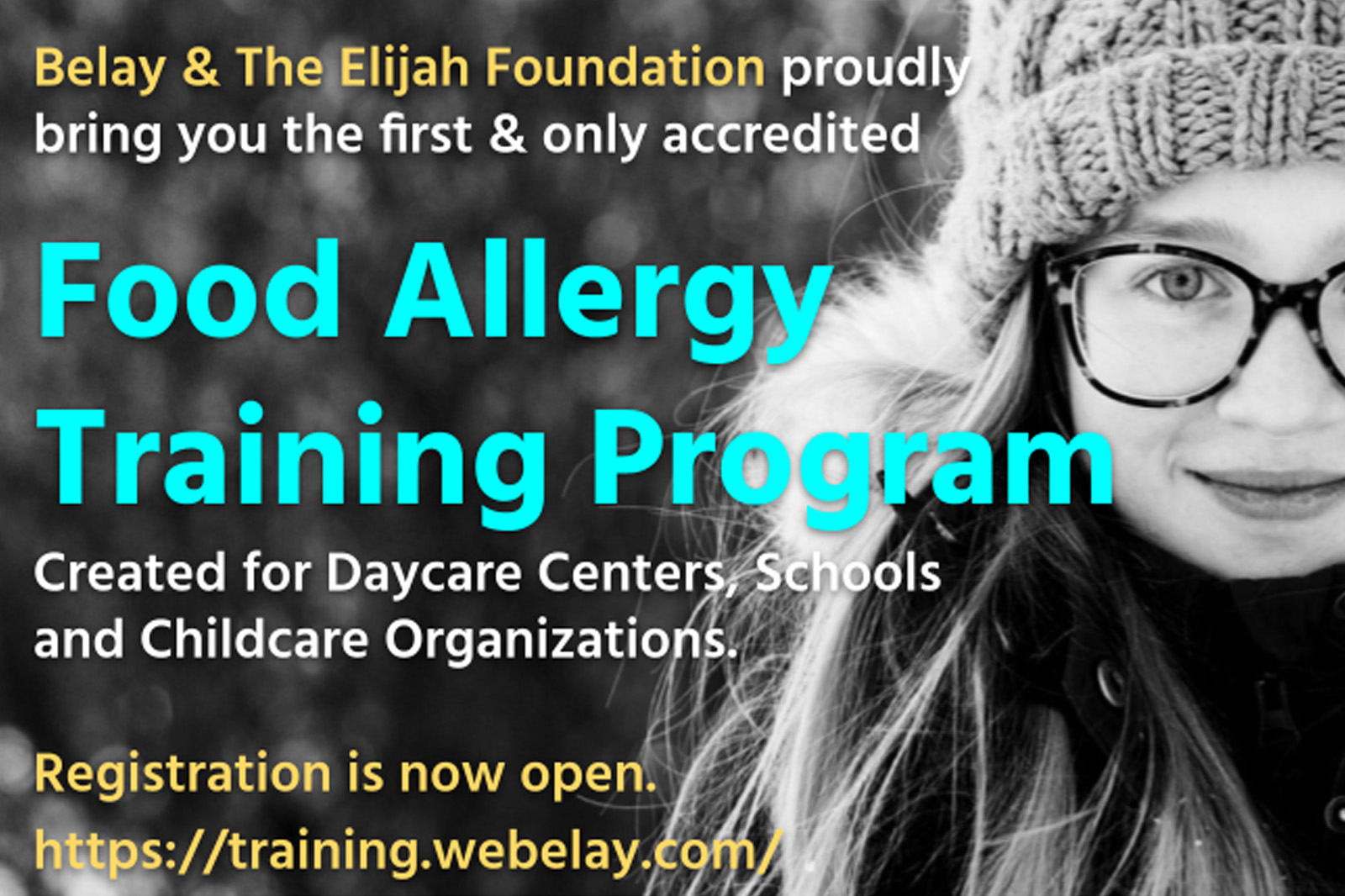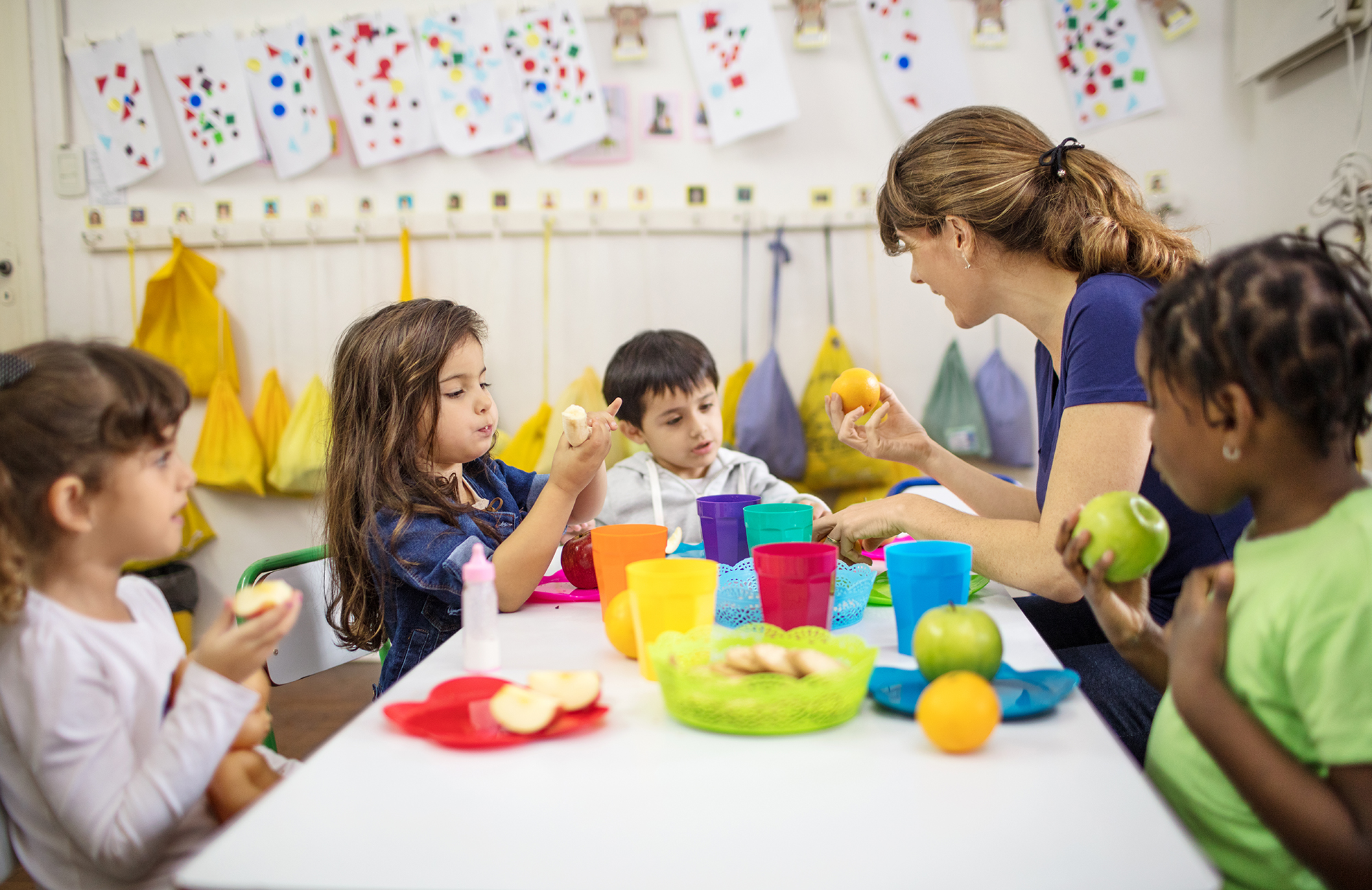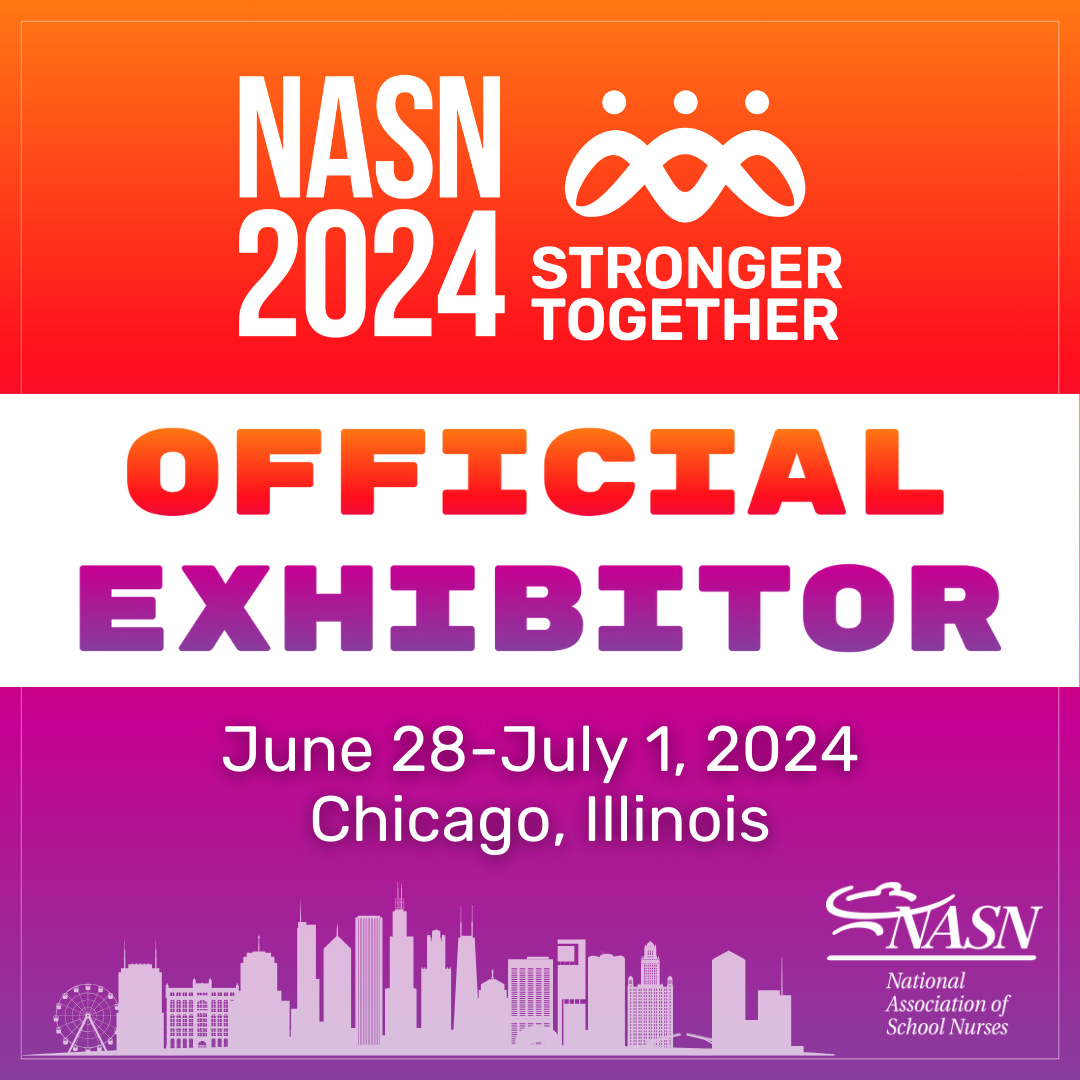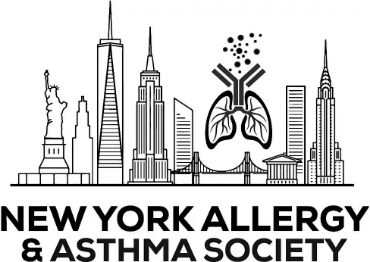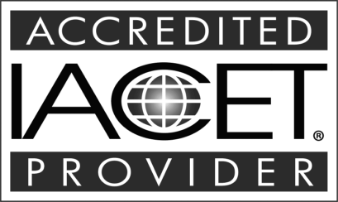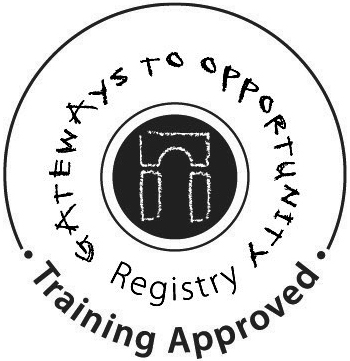When a loved one has a food allergy, you quickly learn to take a little extra time at the grocery store to read ingredient lists for signs of an allergen. While you may have learned key words and ingredients to be on the lookout for, it’s a good idea to understand your country’s food allergy labelling guidelines so you can confidently assess safe products for your food allergic child. We’ve outlined need-to-know information about food allergy labelling guidelines for both Canada and the United States, with some key notes to keep in mind, so you can confidently shop for safe food products
The Belay App (ios) or (android) can also help you with this process. For every allergen you input into your child’s allergy profile, we automatically include in the profile, all the essential information you need to know about that particular allergen. It will help you when you’re food shopping, reading labels, and also to share with your caregivers when they need to read labels on behalf of our child.
To start, let’s understand what allergens are acknowledged and indicated on food packaging. Each country’s lists are quite different, but both are great guides to what will be highlighted and called out on prepackaged foods.
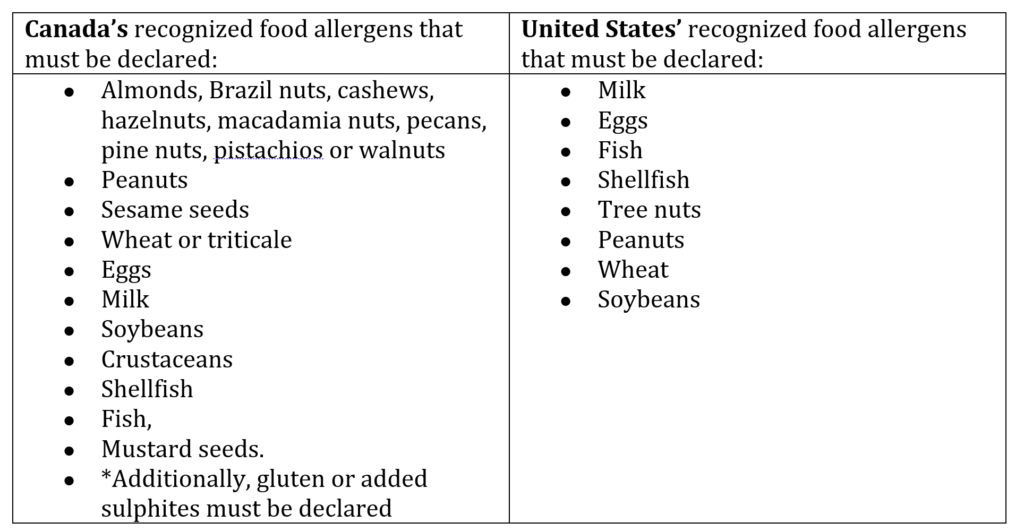
Now that we know what allergens will be highlighted on packaging in each country, here is a look at both country’s food labelling guidelines. There is certainly more to know about the complexity of food labelling but this is a good foundation and a great starting point if you’re interested in learning more.
Let’s dive in! What do I need to know about food allergy labelling in Canada and the United States? What is and is not required on food packaging?
LISTING ALLERGENS: CANADA & THE UNITED STATES
In both countries, it is required to announce the presence of any declared allergens listed above in one of two ways:
♦ List the name of the allergen in brackets beside the source within the ingredient list or
♦ Place “Contains” and the name of the allergen immediately after or adjacent to the ingredient list
This does leave room for confusion and a need to thoroughly review products, their ingredient lists and additional statements on the packaging before considering for your food allergic child. Remember to use the Belay App as a guide when reading labels. For example, we provide you with alternative names often used for allergens.
PRECAUTIONARY LABELING: CANADA
It is not required to declare the unintentional presence of an allergen that may, for example, be due to cross-contamination. While some brands do include this voluntary statement, there is no clear, mandated language to be used. Health Canada does recommend using “May contain” on food labels where there is a risk of an allergen presence.
The preparation and location of packaging is an important factor in the labelling of food. Bulk food, individually packaged food, bakery goods, and barbequed meat are just some of the examples of foods exempt from declaring the presence of an allergen. See the full list of exempt products here.
PRECAUTIONARY LABELING: UNITED STATES
It is not required to declare advisory statements, such as “may contain” or “manufactured in a facility that also processes” on prepackaged food products. There is also no standard language if a brand did voluntarily include this information. Keep in mind that just because there is no statement or advisory does not mean the product is free of an allergen.
It is also not mandatory to declare a change in ingredients, though the FDA strongly encourages brands to do so. This means that although identified allergens are required to be included in the ingredients, the addition of an allergen does need to be separately called out on the packaging. You can read more on this controversial ruling here.
And while it is required to list all ingredients in a prepackaged food product, the way some ingredients are listed can be confusing. “Spices”, “natural flavors” and “colors” are often seen on ingredient lists but without further information about what they contain. And with the other discrepancies in labelling terminology, it can be difficult to know what exactly is in a food product.
Is there anything else I should know before I share what I’ve learned?
To help you and your child read these labels, both countries do require all of their individually outlined major food allergens to be clearly labelled using their common names. However, while ingredient lists often include commonly used names for allergens like “milk” look out for less familiar names for allergens such as, “casein” and “whey.” All of these less familiar names are also included for you in the Belay App.
Sesame may get it’s time to shine (on packaged food labels) in the United States soon enough. An Act is in the works that would see sesame become the ninth major food allergen in the United States. To learn more about the Act and what changes would occur, you can read more here.
There’s a ton of information here and lots more we could share! We encourage you to check out local and national organizations for more resources and to talk to your child’s doctor with questions specifically about their health to ensure you have the confidence you deserve when choosing safe food for your child.
So, how can the Belay App Help You:
As soon as you enter your child’s food allergies into the Belay App it automatically populates your child’s profile with information on everything you need to know about those foods and those allergens. We provide you with top facts and data related to those allergens, all the foods and ingredients that often contain your child’s allergens, and unexpected foods that may also contain your child’s allergens. It’s a great source to help you when you are reading food allergy labels.
